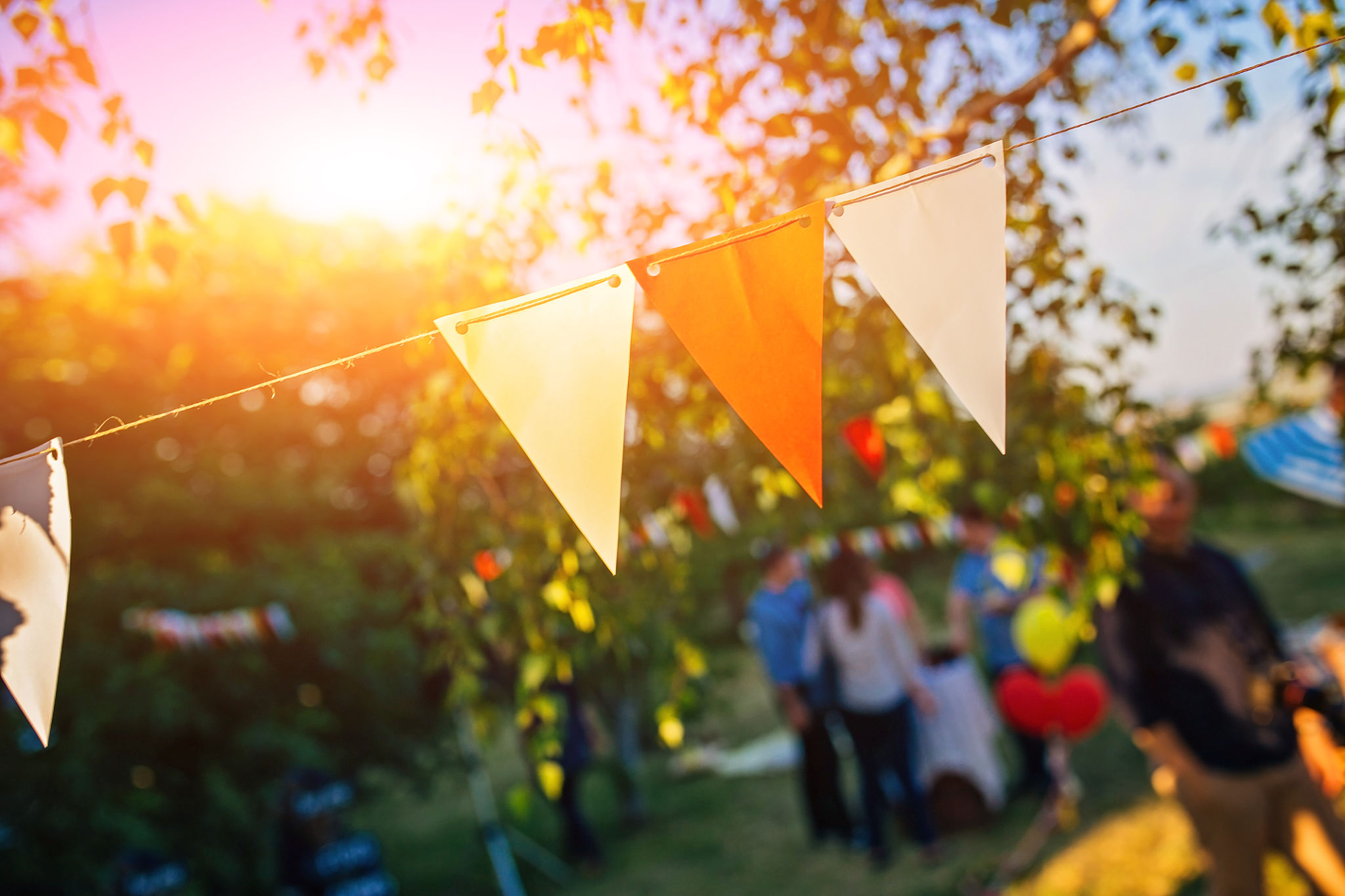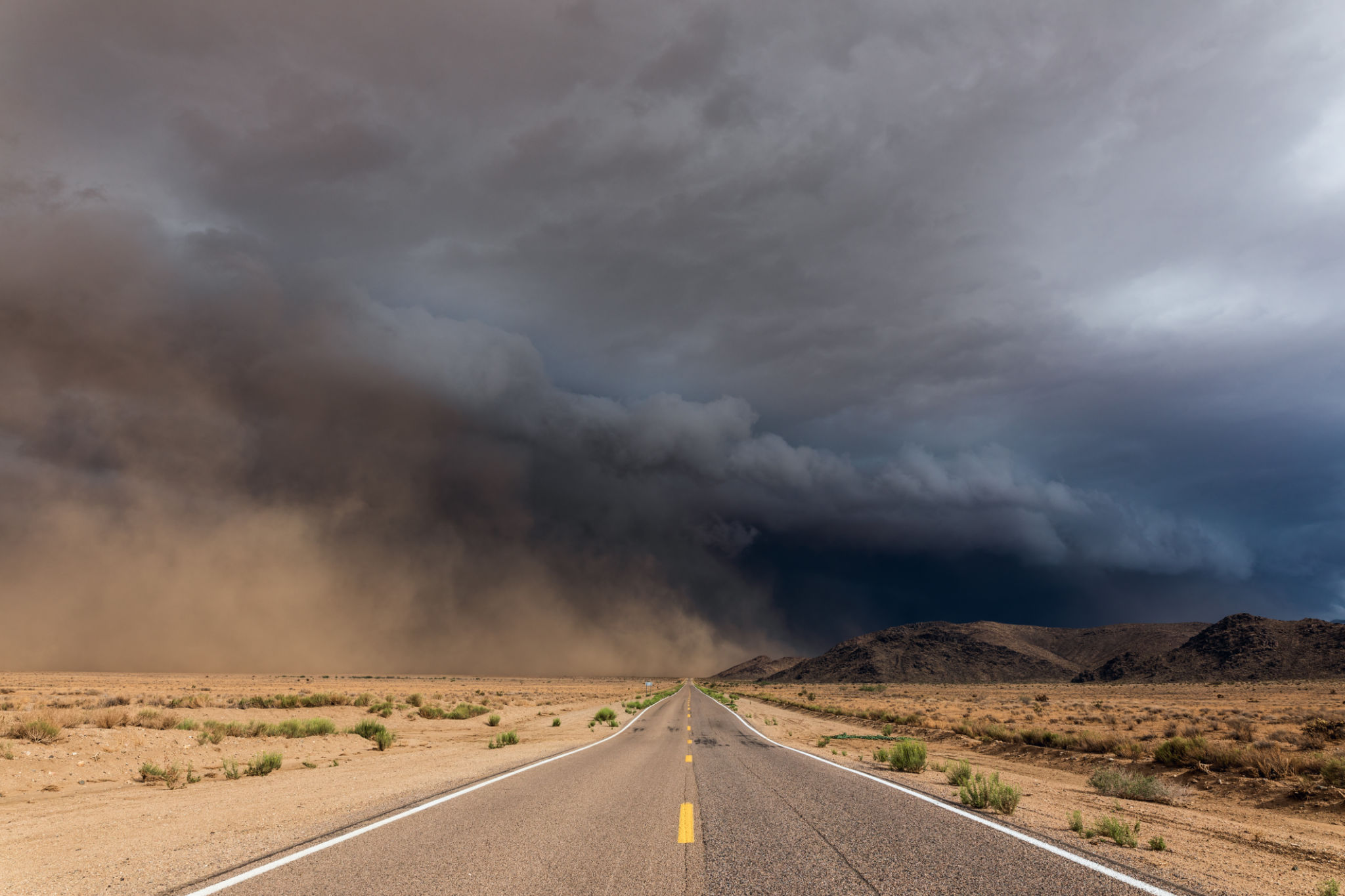Top Event Planning Tips for Different Seasons in India
Understanding the Seasonal Variations
Event planning in India requires a keen understanding of the diverse seasonal changes that the country experiences. Each season brings with it unique challenges and opportunities that can affect everything from venue selection to catering choices. With extensive geographic diversity, the climate can vary significantly across regions, impacting how events are organized.
For instance, winter in the north is starkly different from winter in the south. While northern regions may require heating arrangements, southern locations might need no such accommodations. Understanding these nuances is crucial for a successful event.

Spring: Embrace the Bloom
Spring, which generally spans from March to May, is a pleasant time in most parts of India. The weather is mild and flowers are in full bloom, making it ideal for outdoor events such as garden weddings or corporate retreats. Leverage the natural beauty by choosing venues with ample greenery and floral arrangements to enhance the aesthetic appeal.
However, it's important to consider potential rain showers, especially in southern India, and have a backup plan for outdoor gatherings. Renting tents or marquees can provide shelter without compromising the outdoor experience.
Summer: Beat the Heat
With temperatures soaring from May to July, summer demands careful consideration of venue and timing. Indoor venues with adequate air conditioning become a necessity in most regions. Consider scheduling events during the cooler parts of the day, such as early morning or late evening, to ensure guest comfort.

Refreshing beverages and light meals should be prioritized to keep guests hydrated and comfortable. Incorporating summer fruits like mangoes and watermelons into the menu can add a refreshing touch.
Monsoon: Dance in the Rain
The monsoon season, from July to September, brings both challenges and charm. While the rains can create a romantic backdrop for events, they also pose logistical challenges. Indoor venues or sturdy tent setups are crucial to protect against unpredictable weather conditions.
To embrace the monsoon spirit, consider themes that incorporate rain elements, like vibrant colors or water features. Offer guests warm beverages and snacks to create a cozy atmosphere amidst the rain.

Autumn: Celebrate Change
Autumn, stretching from October to November, is another favorable season for events across India. The weather is generally pleasant, making it suitable for both indoor and outdoor occasions. Diwali, one of India's biggest festivals, falls during this period, providing an excellent opportunity for themed events and celebrations.
Utilize festive decorations with lights and traditional motifs to capture the essence of this vibrant season. Creating a menu that reflects local festive flavors can further enhance guests' experience.
Winter: Cozy Gatherings
Winter in India lasts from December to February and can vary significantly from freezing temperatures in the north to milder conditions in the south. Choosing venues with appropriate heating (or lack thereof) accordingly is vital. Indoor settings are often preferred for their warmth and intimacy.

Warm beverages like hot chocolate or traditional Indian teas can be a delightful addition to the menu. Embrace seasonal decor with rich colors and textures to create a warm and inviting ambiance.
General Tips for Year-Round Planning
No matter the season, certain event planning principles remain constant. A well-organized timeline, clear communication with vendors, and flexibility are key components of any successful event. Regularly consult weather forecasts leading up to the event and prepare contingency plans as needed.
Finally, remember that understanding your audience's preferences and expectations is crucial. Tailoring your event to suit both seasonal conditions and guest preferences will ensure a memorable experience for all attendees.
